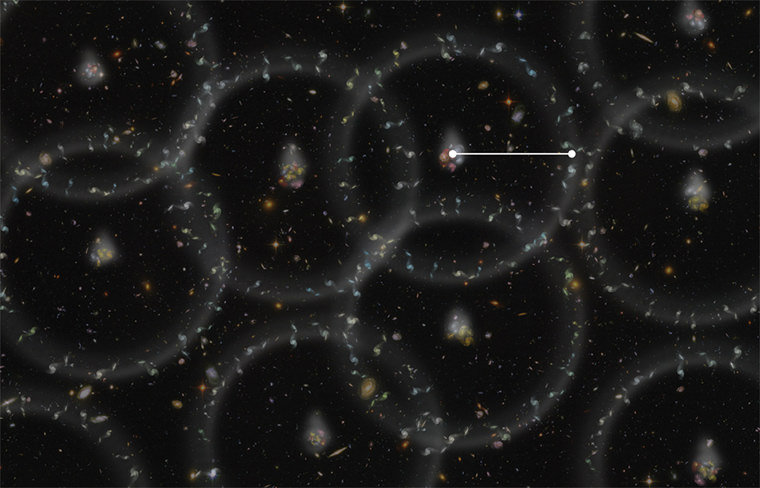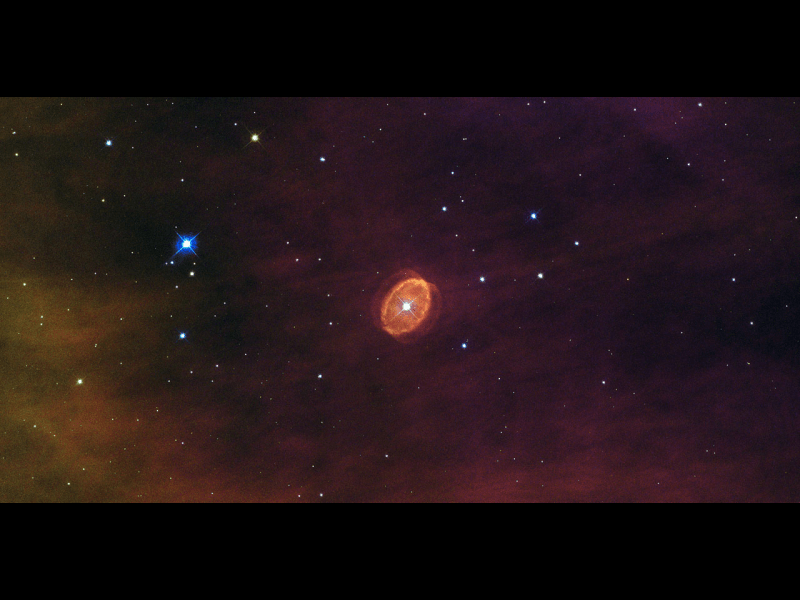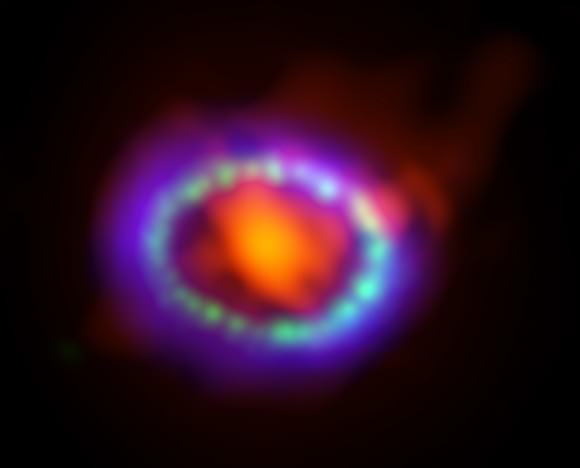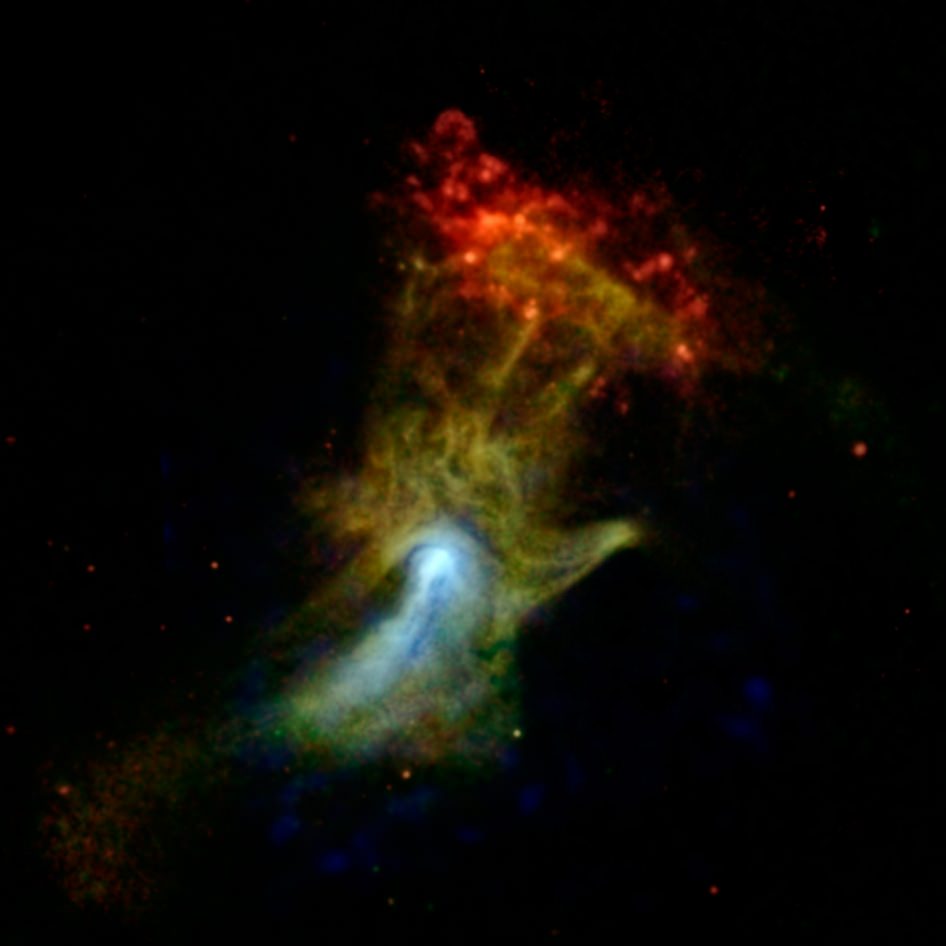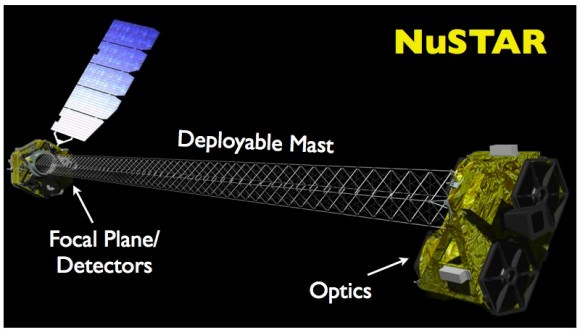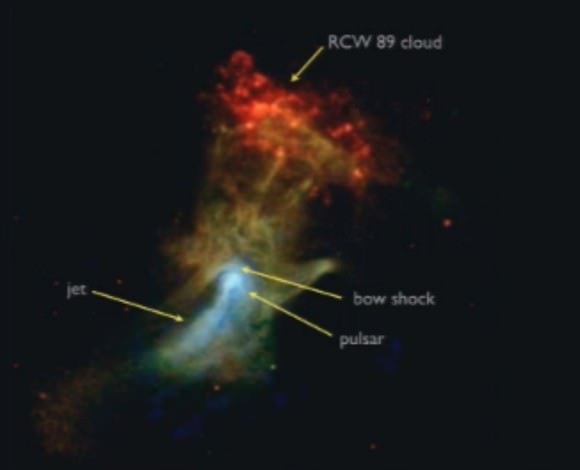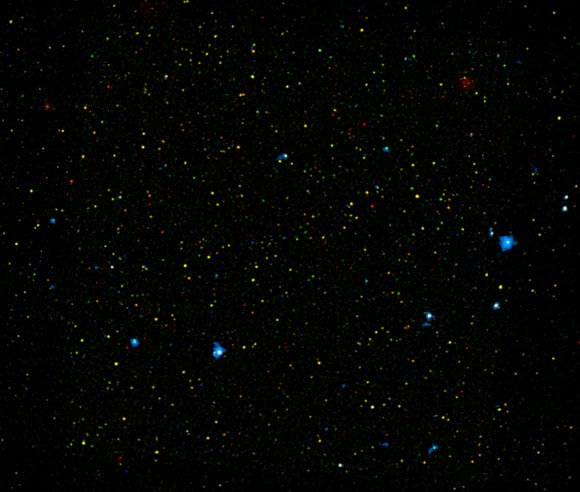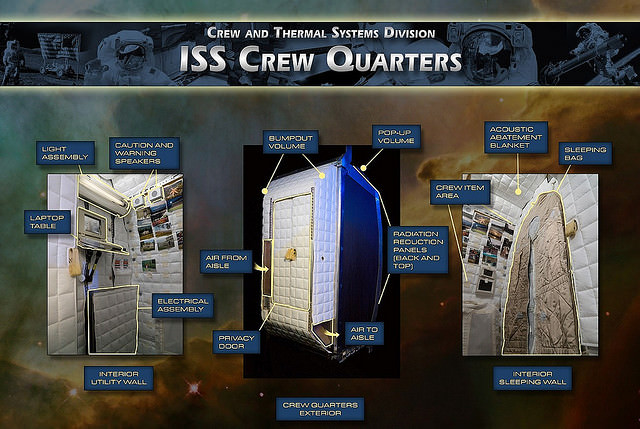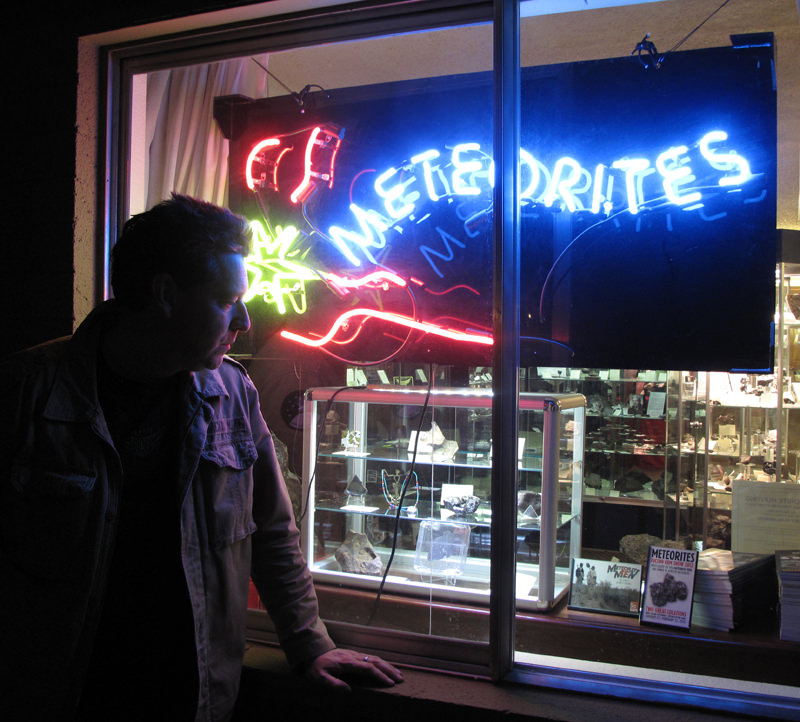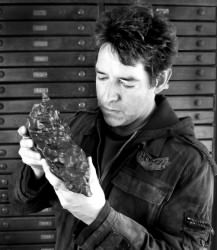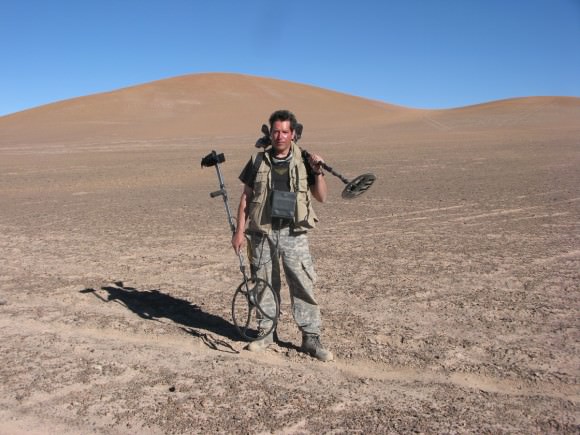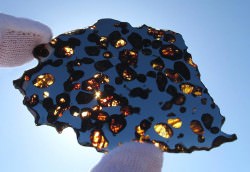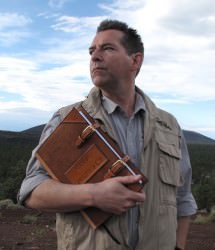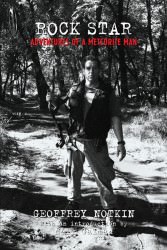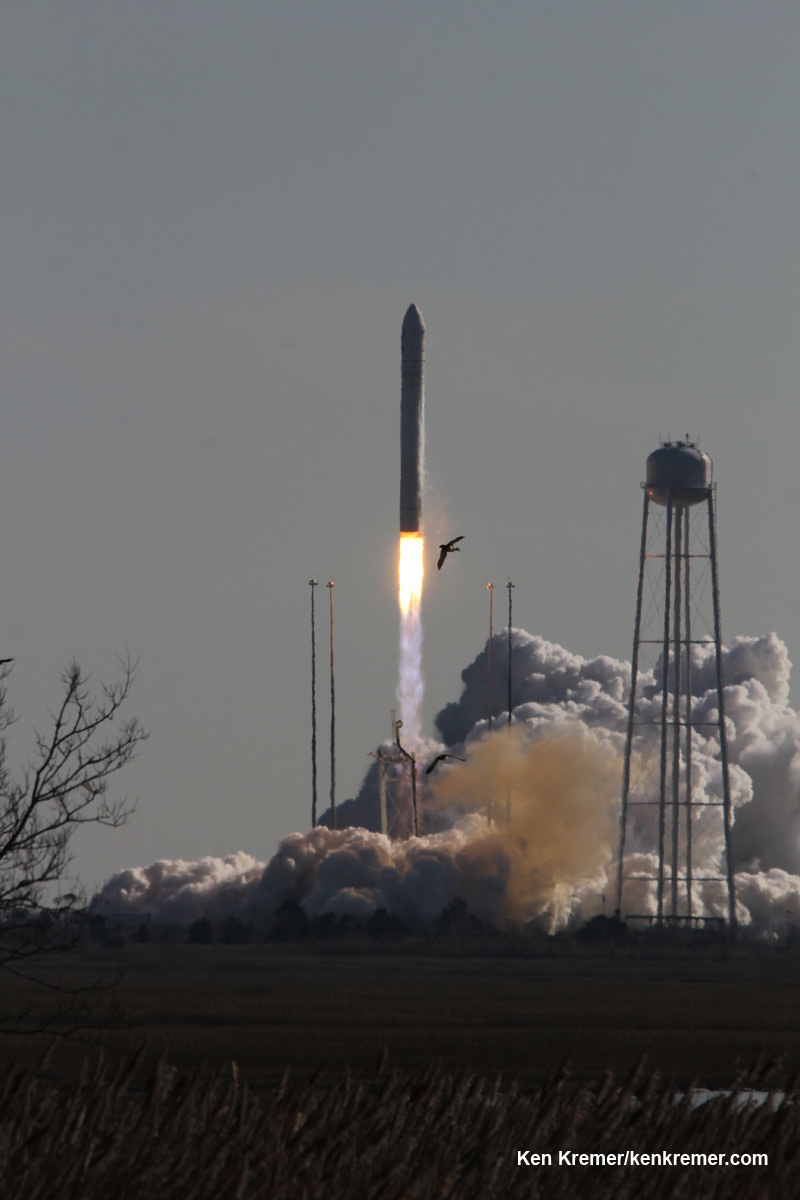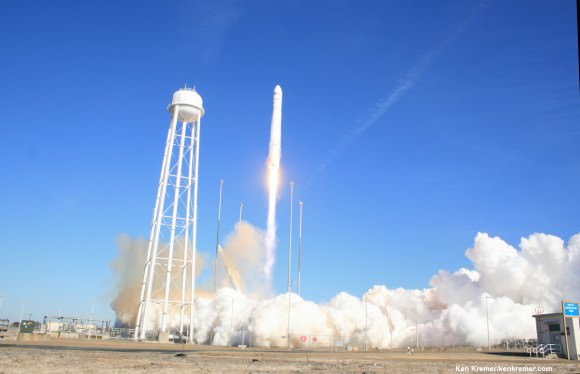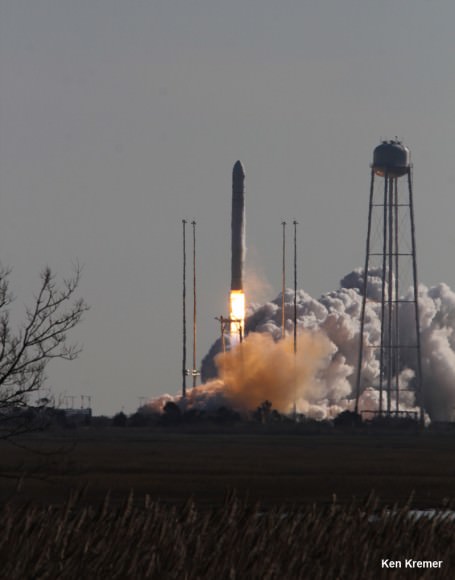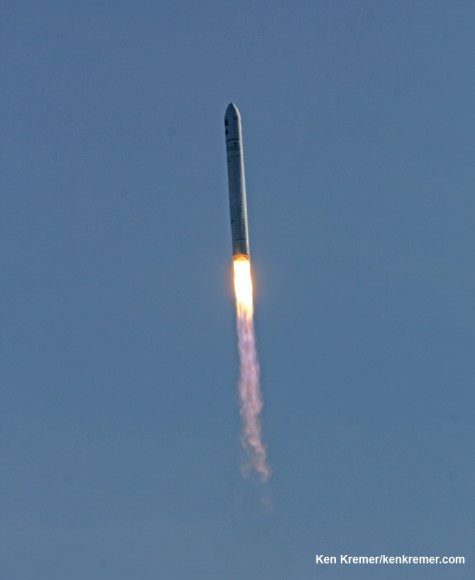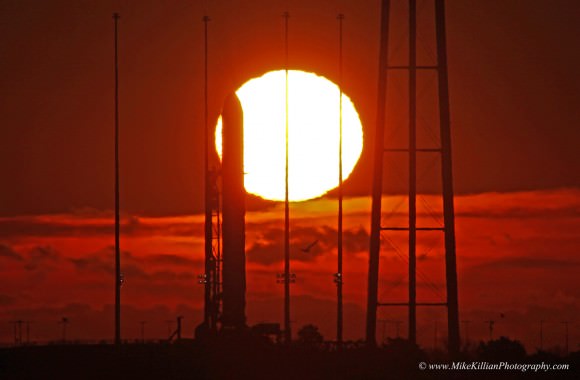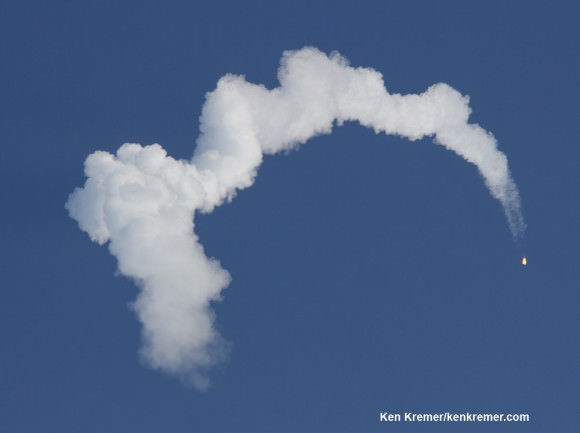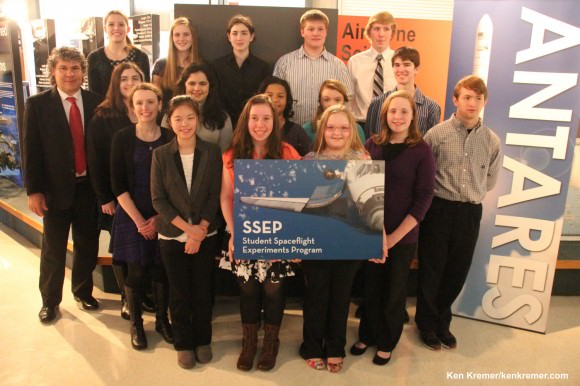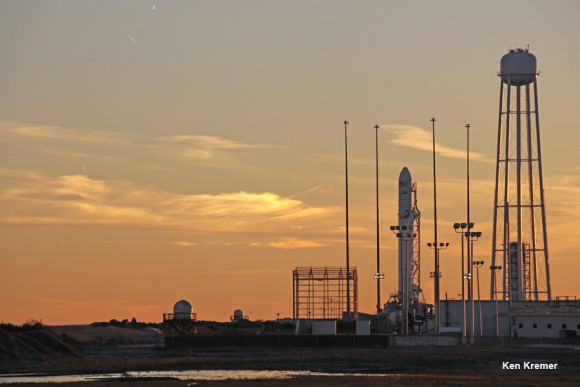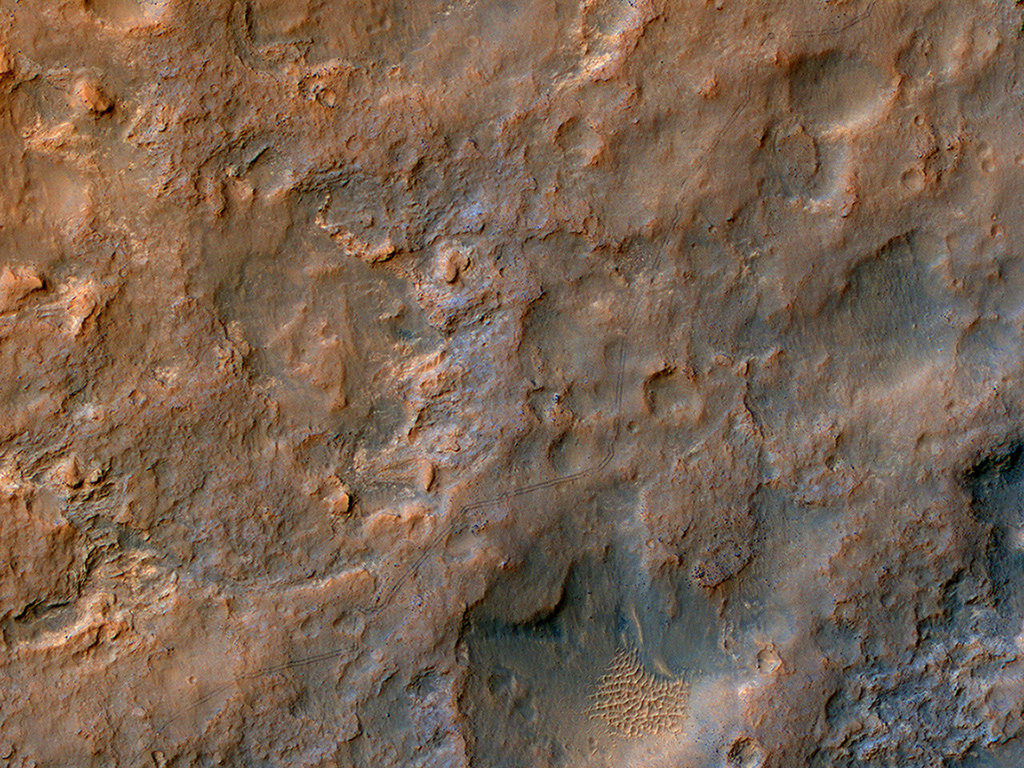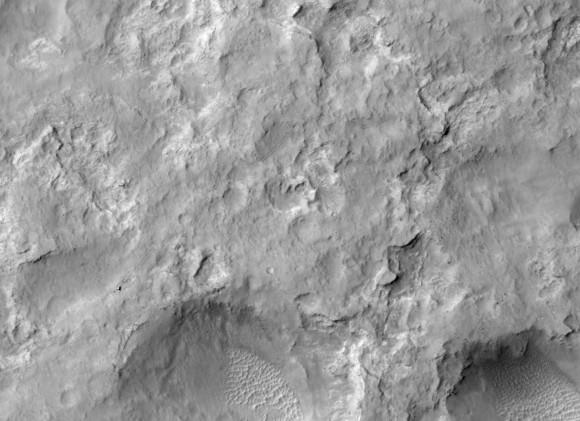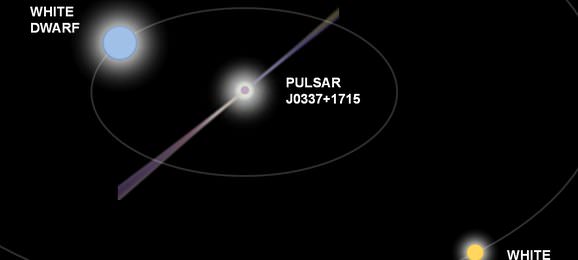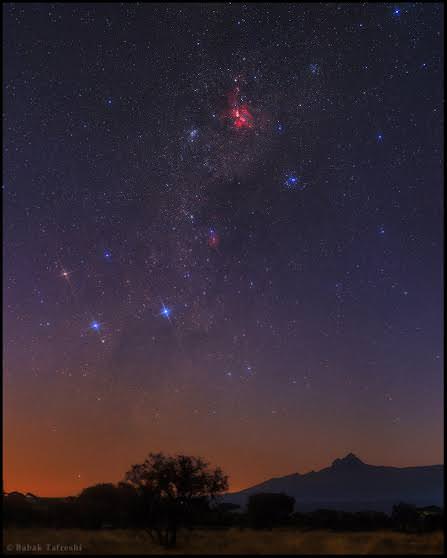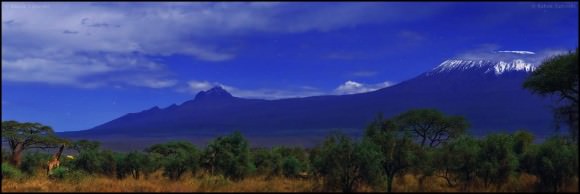When it comes to accuracy, everyone strives for a hundred percent, but measuring cosmic distances leaves a bit more to chance. Just days ago, researchers from the Baryon Oscillation Spectroscopic Survey (BOSS) announced to the world that they have been able to measure the distance to galaxies located more than six billion light-years away to a confidence level of just one percent. If this announcement doesn’t seem exciting, then think on what it means to other studies. These new measurements give a parameter to the properties of the ubiquitous “dark energy” – the source of universal expansion.
“There are not many things in our daily lives that we know to one-percent accuracy,” said David Schlegel, a physicist at Lawrence Berkeley National Laboratory (LBNL) and the principal investigator of BOSS. “I now know the size of the universe better than I know the size of my house.”
The research team’s findings were presented at the meeting of the American Astronomical Society by Harvard University astronomer Daniel Eisenstein, the director of the Sloan Digital Sky Survey III (SDSS-III), the worldwide organization which includes BOSS. They are detailed in a series of articles submitted to journals by the BOSS collaboration last month, all of which are now available as online preprints.
“Determining distance is a fundamental challenge of astronomy,” said Eisenstein. “You see something in the sky — how far away is it? Once you know how far away it is, learning everything else about it is suddenly much easier.”
When it comes to measuring distances in space, astronomers have employed many methods. To measure distances to planets has been accomplished using radar, but it has its constraints and going further into space means a less direct method. Even though they have been proved to be amazingly accurate, there is still an uncertainty factor involved – one that is expressed as a percentage. For example, if you were to measure the distance from an object 200 miles away to within a true value of 2 miles, then you have measured with an accuracy of 1%. Cosmically speaking, just a few hundred stars and a handful of star clusters are actually close enough to have their distances so accurately predicted. They reside within the Milky Way and are just a few thousand light-years away. BOSS takes it to the extreme… its measurements go well beyond our galactic boundaries, more than a million times further, and maps the Universe with unparalleled accuracy.
Thanks to these new, highly-accurate distance measurements, BOSS astronomers are making headway in the field of dark energy. “We don’t yet understand what dark energy is,” explained Eisenstein, “but we can measure its properties. Then, we compare those values to what we expect them to be, given our current understanding of the universe. The better our measurements, the more we can learn.”
Just how is it done? To achieve a one-percent measurement at six billion light years isn’t as easy as measuring a solar system object, or even one contained within our galaxy. That’s where the BOSS comes into play. It’s the largest of the four projects that make up the Sloan Digital Sky Survey III (SDSS-III), and was built to take advantage of this technique: measuring the so-called “baryon acoustic oscillations” (BAOs), subtle periodic ripples in the distribution of galaxies in the cosmos. These ripples are the signature of pressure waves which once cruised the early Universe at a time when things were so hot and dense that photons marched along with baryons – the stuff which creates the nuclei of atoms. Since the size of the ripple is known, that size can now be measured by mapping galaxies.
“With these galaxy measurements, nature has given us a beautiful ruler,” said Ashley Ross, an astronomer from the University of Portsmouth. “The ruler happens to be half a billion light-years long, so we can use it to measure distances precisely, even from very far away.
Using its specialized instrumentation which can make detailed measurements of a thousand galaxies at a time, BOSS took on a huge challenge – mapping the location of more than a million galaxies. “On a clear night when everything goes perfectly, we can add more than 8000 galaxies and quasars to the map,” said Kaike Pan, who leads the team of observers at the SDSS-III’s Sloan Foundation 2.5-meter Telescope at Apache Point Observatory in New Mexico.
Although the BOSS research team presented its early galaxy maps and beginning BAO measurements a year ago, this new data covers twice as much territory and gives an even more accurate measurement – including those to nearby galaxies. “Making these measurements at two different distances allows us to see how the expansion of the universe has changed over time, which will help us understand why it is accelerating,” explained University of Portsmouth astronomer Rita Tojeiro, who co-chairs the BOSS galaxy clustering working group along with Jeremy Tinker of New York University.
Also doing a similar study is Mariana Vargas-Magana, a postdoctoral researcher at Carnegie Mellon University. To enable even more accuracy, she’s looking into any subtle effects which could influence the BOSS measurements. “When you’re trying to reach one percent, you have to be paranoid about everything that could go even slightly wrong,” said Vargas-Magana — for example, slight differences in how galaxies were identified could have thrown off the entire measurement of their distribution, so different parts of the sky had to be checked carefully. “Fortunately,” Vargas-Magana said, “there are plenty of careful people on our team to check our assumptions. By the time all of them are satisfied, we are sure we didn’t miss anything.”
As of the present, these new BOSS findings would seem to be consistent with what we consider to be form of dark energy – a constant found throughout the history of the Universe. According to the news release, this “cosmological constant” is one of just six numbers required to create a model which coincides with the scale and structure of the Universe. Schlegel compares this six-number model to a pane of glass, which is pinned in place by bolts that represent different measurements of the history of the Universe. “BOSS now has one of the tightest of those bolts, and we just gave it another half-turn,” said Schlegel. “Each time you ratchet up the tension and the glass doesn’t break, that’s a success of the model.”
Original Story Source: Sloan Digital Sky Survey III News Release. For further reading: Max Planck Institute News Release.

